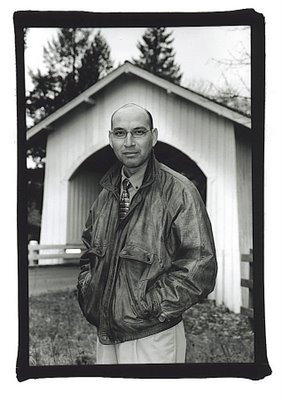#4 - Denial then Disaster

Over twenty years ago, a Delta Airlines jumbo jet approached the Dallas-Fort Worth airport with a typical summer thunderstorm in its path. The crew seemed unconcerned until their final descent when suddenly the storm intensified. As they fought against a powerful unknown force, the L-1011 dropped from the sky and slammed down far short of the runway. The jet smashed a car on a highway, bounced across a field, and rammed an airport storage tank until it finally came to rest. One hundred and thirty-seven people were killed in that August 2, 1985, crash which proved to be one of the most important in aeronautic history as it forced the aviation world to recognize a violent weather phenomenon whose existence had been denied for years.
A "Microburst", named by meteorologists who struggled for years to alert aviators of its potential danger, is a shaft of cold air that plunges to the ground during thunderstorms and fans out in all directions and is generally considered the main cause of the crash of Delta flight 191. During such an event, a low-flying plane first experiences a strong headwind, then a downdraft, then a strong tailwind, robbing it of lift and causing it to sink rapidly. Because of this catastrophe, the Federal Aviation Administration has mandated pilot survival manuever training and has spent millions of dollars on sophisticated doppler radar and sensors to detect microbursts and it's almost certain that thousands of passengers are alive today who never knew of this possible risk.
From a news coverage standpoint, the DFW air disaster presented many logistical problems. For starters, the crash occurred almost at dusk, and working out of the Houston, Texas, bureau at the time, I couldn't arrive to the scene until nightfall. Ironically, the Dallas-Fort Worth Airport was still completely operational, and I remember eerily spotting the wreckage from above shortly before landing there. In spite of the blazing floodlights and investigations that carried on throughout the darkness, no acceptable images of the "aircraft" could be made until first daylight, so I was resigned to sleeping on the runway until then using my camera bag as a pillow.
At dawn, I was overcome by a photojournalistic revelation: since the wreckage was situated near a maze of runways and the arriving flights were circling all around, I utilized a long lens(a 300mm for background compression as opposed to a shorter lens as most photogs were using)and waited for the exact replica of aircraft to pass overhead and was able to capture a before/after photograph of this Delta airliner. The following day, this image grabbed the lion's share of play in international/national publications.
Looking back on this assignment and all the other airline tragedies that have followed, I've realized that denial brings disaster, and disaster unfortunately brings action.


1 Comments:
Loove this
Post a Comment
<< Home